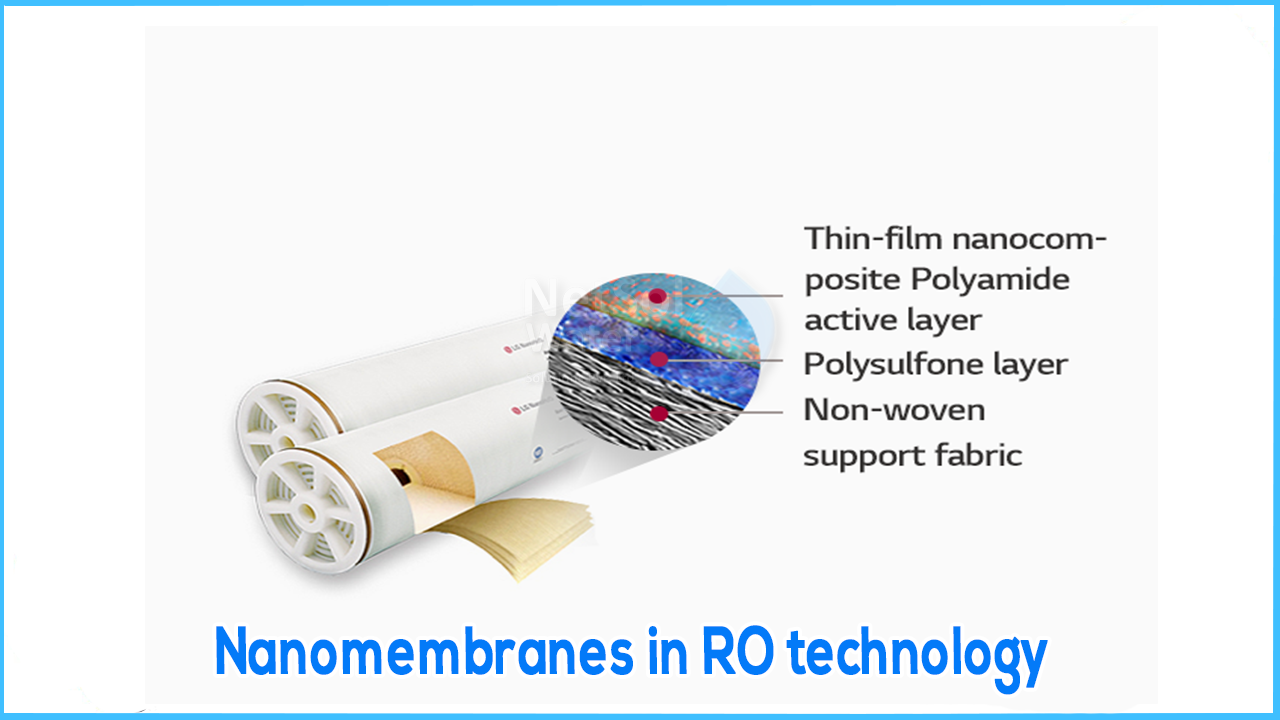WHY NANOFILTERATION?
RO and NF systems share similarities in terms of appearance and features. However, nanofiltration systems utilizes newer technology and incorporates added features which allows it to do certain things that RO systems cannot perform as efficiently. For instance, reverse osmosis systems were found to filter out precious nutrients that are beneficial for human consumption. Nanofiltration systems were designed to ensure this does not happen, including being much more capable than RO in removing bivalent ions that create hardness in water. Reverse osmosis has been utilized for a greater time than NF and continues to be the most preferred choice in applications that require the removal of the smallest solute molecules such as salt and various monovalent minerals.
SOLUTION LIES HERE
The usage of reverse osmosis technology expanded from the traditional desalination process to a wide range of diverse wastewater treatment applications with the introduction of thin-film and composite membranes. Organic-containing wastewater, wastewater from electroplating, metal finishing, pulp and paper, mining and petrochemical, textile, and food processing industries, radioactive wastewater, irrigation water treatment, municipal wastewater, surface water treatment, and contaminated groundwater are some of the applications for RO systems, particularly for the removal of N-Nitrosodimethylamine (NDMA) and other organic disinfectant by-product precursors (DBPs). Many people are interested in nanofiltration for water softening and the removal of harmful pollutants from drinking water. TDS, hardness, colour, agricultural chemicals, and high molecular-weight, fulvic compounds can all be reduced or removed with NF (which can form trihalomethanes when chlorinated). NF is also used to remove organic and inorganic contaminants from a variety of wastewaters.
NF is a water treatment system that can be used to treat secondary or tertiary effluents for industrial, agricultural, or indirect potable reuse. When compared to other water treatment options, membrane separation definitely stands out. Although the conceptual processes of nanofiltration and reverse osmosis are similar, they each have unique characteristics and applications. Nanofiltration uses less energy and delivers higher fluxes at low pressures, it is excellent for applications that don't require a completely dissolved-solids-free feed stream. Reverse Osmosis, on the other hand, is the only way to get completely pure water, however it takes more energy to do so.
ADVANTAGES OF NANOFILTERATION
The various membrane filtration processes can be further classified and compared by the following categories-
1.) Driving Force
2.) Removal Mechanism
3.) Operating Principle
4.) Industrial Applications
Here, we are going to focus on Reverse Osmosis (RO) and Nanofiltration (NF): which are two of the most commonly used types of membrane filtration.
1.) Driving Force:
Both nanofiltration and reverse osmosis systems are carried out on the basis of hydraulic pressure to bring about the desired separation i.e., the transfer of particles through the semipermeable membrane.
2.) Removal Mechanism:
Unlike Microfiltration (MF) and Ultrafiltration (UF), in which the separation process depends only on size exclusion (sieving); NF and RO not just provide separation based on size but also provide the adsorption of ionic species from the water layer adsorbed on the membrane surface.
3.) Operating Principle:
Reverse osmosis is a process of filtration through applying pressure on water to pass through a membrane and remove particles and dissolved solids. Water is forced to flow from the concentrated to the diluted side, and solutes are retained by the filtration process.
Nanofiltration, frequently described as a looser version of RO, uses fewer fine membranes compared to a RO system. This is shown as the feed pressure required becomes almost half of what is necessary in a RO system. There is a considerable overlap in the sizes of particles removed by NF and RO. Typically, nanofiltration systems can reject particles as small as 0.001 μm, whereas reverse osmosis systems can reject particles of size up to 0.0001 μm.




